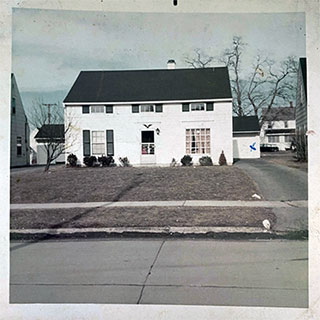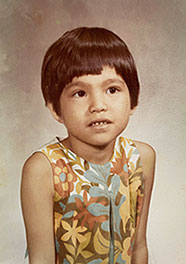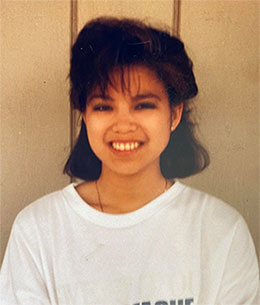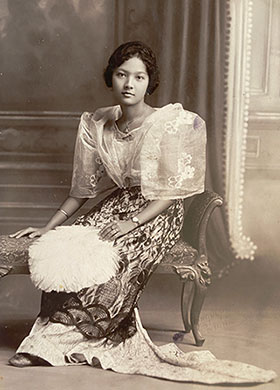Hello! ;)

Growing up in the suburbs of Ohio in the 1970s, I didn’t see very many other kids that looked like me. In fact, most of my peers didn’t know what Filipinos were as a race. Along the way, much of my cultural identity was lost because of a desire to fit into the mainstream, mostly caucasian crowd.

Moving out to northern California in the early 1980s, I learned that more people were familiar with the Filipino culture and that it wasn't so wholly foreign. That said, I could still count on one hand the number of Filipinos I attended high school with—not very many.
When my daughter started high school in 2008, it was the exact opposite experience for her in that there were a number of her peers who were Filipino. I noted how that group of girls were keenly aware and proud of their cultural heritage, and didn’t suppress that part of their identity the way I had growing up.

Fast forward to 2020, and me attending my cousin’s wedding in Colorado. I was surprised to hear her and her husband during their vows, say a few words in Tagalog (he's caucasian). No one was taken aback by it, no one gave any odd or quizzical looks. Quite the opposite in fact, it was well received, and by a large crowd of non-Filipinos. It was acceptable. That moment forced me to give pause and ask myself why I didn’t embrace my heritage more. I could use the excuse that I was a product of my environment, and like any other kid, teenager, and young adult, it wasn’t necessarily a benefit for me to be different or to highlight my cultural differences.
But now in my 50s, I'd like to change that—this coming from someone who was born in New York and can barely speak two words of Tagalog (English was spoken in our home growing up). Admittedly, there are times when it still isn't easy, especially in light of the current social and political environment that exists in this country. Sometimes it's just easier to fade into the background. Maybe times haven’t changed all that much, maybe they’re worse. But silence does no one any good, and so on that note, I’d like to shine a light on the beauty that I see in the Filipino culture.

To anyone reading this, Filipinos are one of the friendliest groups of people you will ever come to know. We are a diverse group, and by nature, very welcoming and fun to be around. Filipinos are artistic and musical; most will sing your ears off if you hand them a microphone (don’t expect to get it back). Filipino dishes are some of the most delicious! Hospitality is a common trait and no one gets turned away from sharing a family meal. Filipinos are kind and nurturing—notice who most of the nurses are that take care of you when you are sick and in the hospital.
With that, I hope you enjoy and learn with me (via the stories within) all the positives and accomplishments achieved by our fellow pinsans.
Be proud! Mabuhay!
Rose